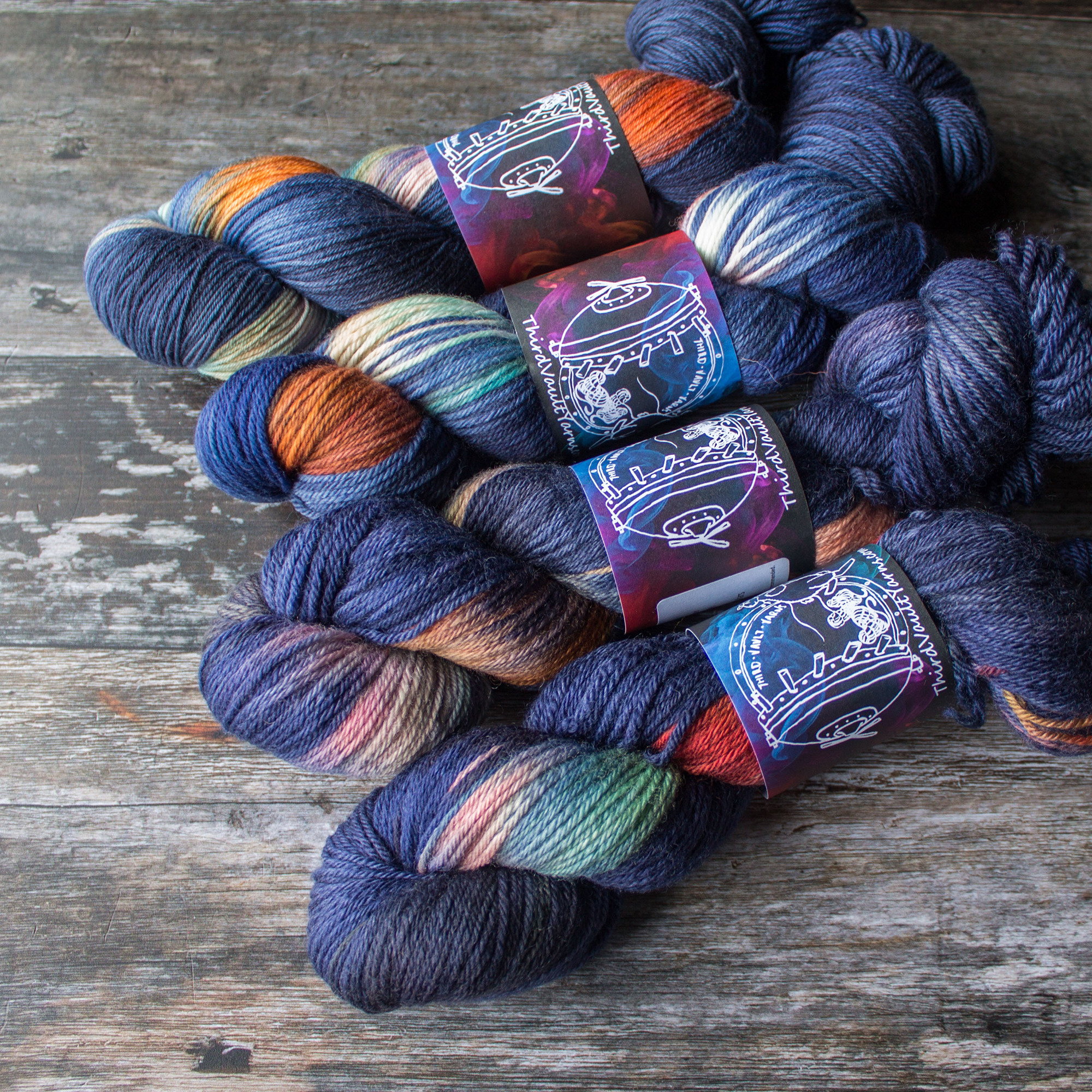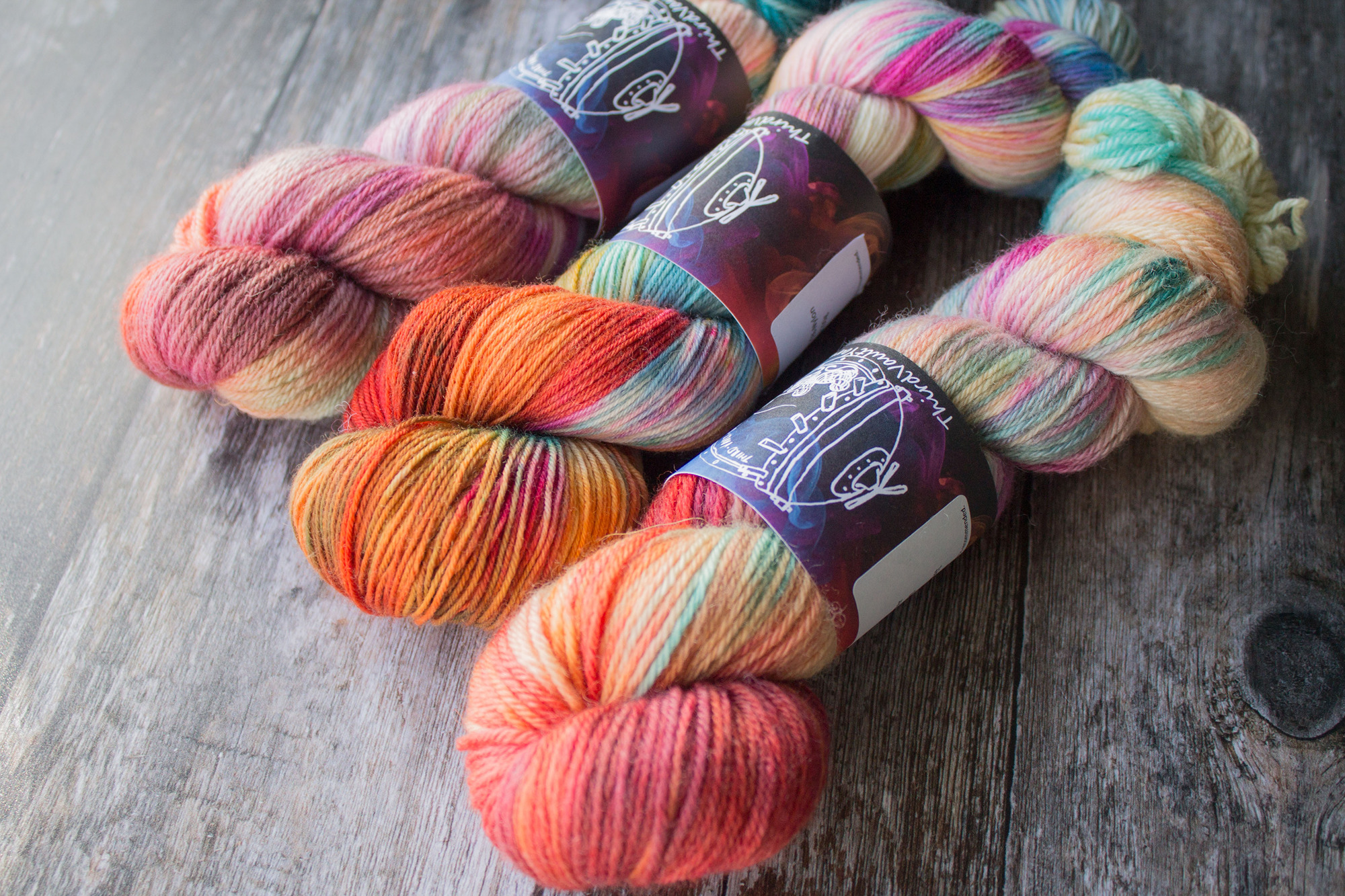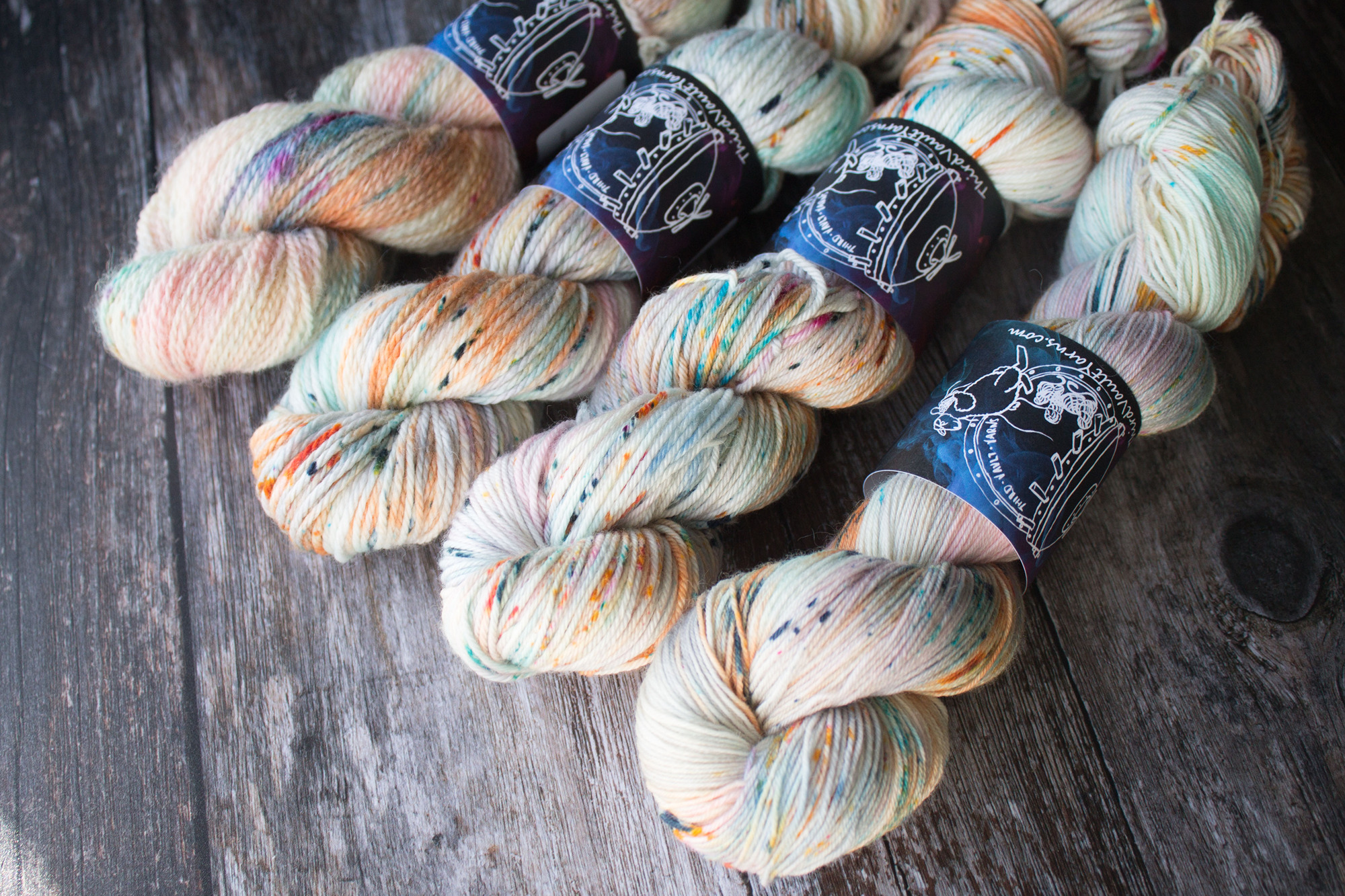Extracts from the Logs of:
Désọ́lá ìbẹ̀rẹ̀
Primary Ecologist and "Resonance Keeper"
Aboard the ship Odò (river)


View of Jupiter and Mars
We spent the first 6 months of our journey awake. At a much lower acceleration than we would be continuing at once the journey was fully underway.
An opportunity to get us fully acclimatised to each other, without the same distractions we had on earth. Fully connected to our new home on the Odò.
It didn't take me long to claim the viewing deck as the place, my place, on the ship. Somewhere I could be that reminded me, that although so small in the scheme of it all, I was a part of this wonder and vastness. The other's werent quite so attached but were happy to come up here when I was guiding them.
It was here that we moved through a grounding excercise as we got closer to Mars, and the majesty of Jupiter beyond it.
The First Planet ~ Chromo Luminarism
Whilst imaging from earth of HD199509b has always suggested that is purely one colour, one type of gas, with little distinction.
Sitting within the atmosphere of the planet tells a compeletely different story. It is layered, layered in colours!
As you travel further down towards the core of the planet, you see the true variation in all colours of the gases and their density. The reason we don't get to see this wonder from earth, is laughably simple, optical colour mixing! The colours appear to combine as you get further away, aided by the somewhat opaque gaseous clouds in the thermosphere.


A Memento ~ Crystals in Containment
HD199509b was fascinating.... as I imagine every new planet will be.
We took readings and attempted to identify most of the compounds that made up the different gases, unfortunately we weren't fully successful. However we were able to have the ship produce an approximation of the majority of the compounds in containment, for us to continue our research with further study.
It might be due to the combination of the magnetic fields exerted by the Odo and those in the simulated environment but even the gasses we could replicate exactly reacted differently in containment.
At random intervals the gases partially coalesce into floating crystalline shapes, At some points, they've been observed to combine. At those times they appear to be a representation of some kind of crystalline flora. There is currently no observable indication to why this occurs, which makes it all the more fascinating. Perhaps there is a far deeper understanding we need to have about what life looks like on other planets...
Movement Between Stars
Light Years With You
The crew is made up of 10 incredible people, a Pan African team, bringing Global Earth and African resources to this mission. I am so deeply grateful to all of 9 them for choosing this mission with me.
Whilst i shouldn't say i have a favourite, it's definitely the nature of us to form stronger connections with some people, Ashoka is that person for me.
They indulge my whims when I tear them from their research to witness a new sight on the viewing deck. Sometimes we sit back to back and talk of the things that brought us here, those we left behind, what we imagine for the future and the distance yet travelled.
They are somehow infinitely more practical then me and yet also more fluid and lyrical. They will hum and beat a tune at the slightest provocation, with whistles and thigh slaps, a swish over their bald head and a stamping of feet. It is always a calling, a wish and a prayer to take us safely in the river of space to the next planet whilst we sleep.


The Red Planet - mission challenges
DIERACAE-M6 was a fascinating challenge... 4 times the size of Earth, with far more interconnected terrestrial systems than I could map in the years that we were there.
The scope of the data we were able to collect was vast, but miniscule in comparison to what we left unstudied. We had to narrow down our survey from the entire planet, to a 30 mile radius with enough to study that would encompass most of our research areas and all of it accessible by ground movement from our starting point, If that wasn't enough of a challenge, we had to place the Odo at the most optimal point to move on to our next planet, to both shorten the distance and minimise any harm.
Much like Mars, D-M6 has frequent wide ranging dust storms that interfere with our ability to scan, communicate and leave the Odo for sometimes months whilst on planet. Research was a rush of collecting all possible data you could at once, getting imaging and recording the composition of what we encountered before retreating to the Odo to do further in depth study whilst the storms raged. Sometimes we had months to study in situ, sometimes only days between storms.